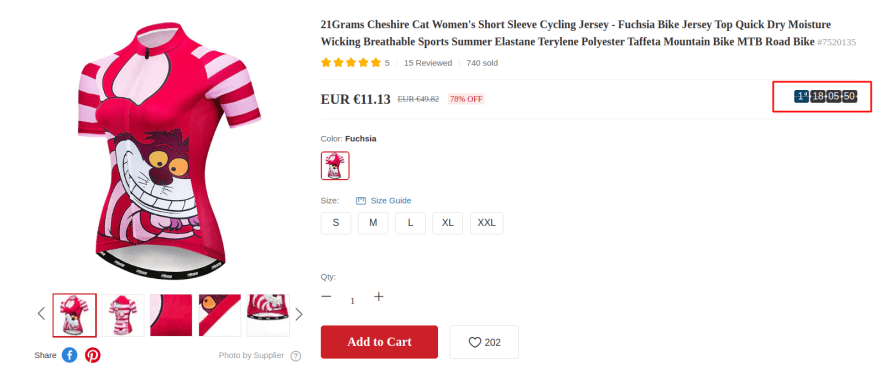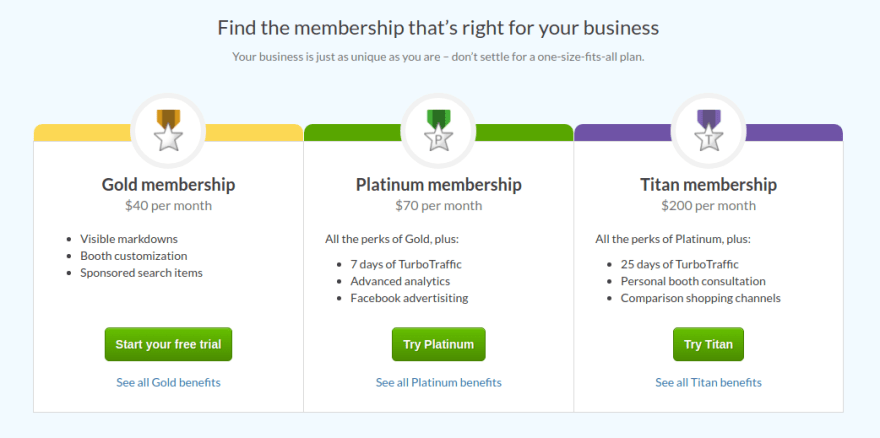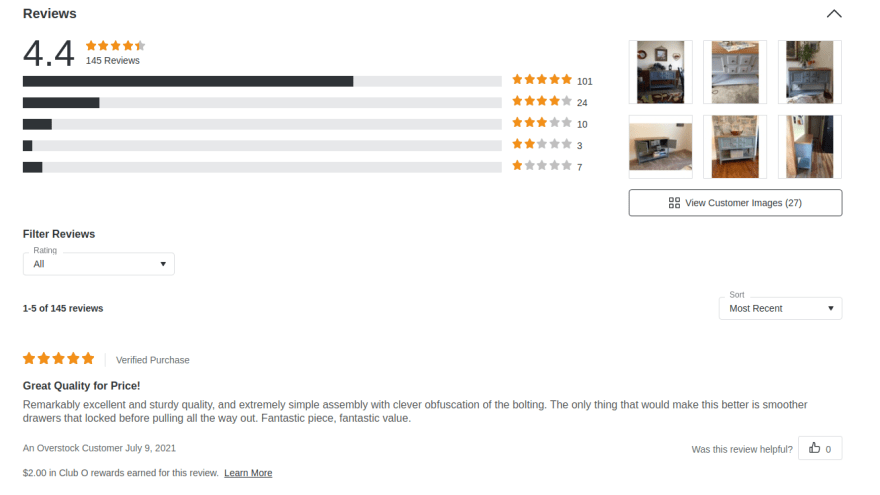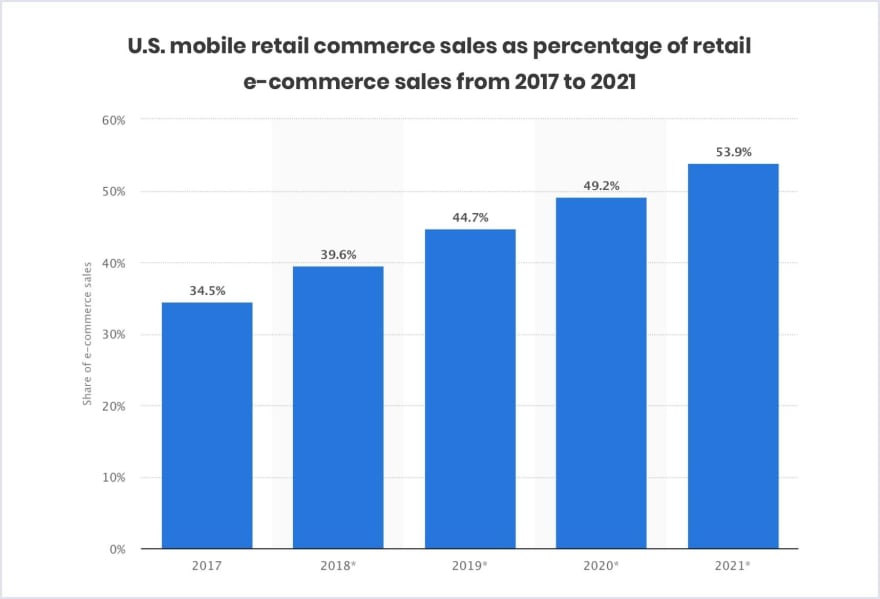The original article was published on Codica blog.
Online marketplaces are skyrocketing. B2C platforms like Amazon and eBay played a huge part in creating a wave of hype that grew around e-commerce.
So it comes as no surprise why so many marketplaces continue to arrive. Still, very few of them stay afloat alongside market leaders.
In fact, building an online marketplace can become challenging for newcomers. Luckily, we are going to share useful tips. Stick to them to offer the greatest selling point to your customers.
1. Idea validation
First thing first, validate your idea. To begin with, test the real demand for your platform by interacting with potential users.
Our customer David, for instance, struggled to find activities for his kids after school. After speaking to other parents, he realized this problem happens to be way too common.
To overcome this issue, David came up with the idea of a platform where parents can find, book, and coordinate activities for their children. As a result, his idea was translated into a successful software project.
Read more about the process of the platform development: How We Delivered MVP for PlanMyKids - Kids Activities Marketplace.
2. Market research
There are several reasons why you need market research prior to launch a B2C platform:
- It provides you with an industry outlook.
- It may help you reveal trends in the digital marketplace industry.
- It provides you more data on your target audience.
- It can uncover potential pitfalls related to the marketplace launch. When you know what issues lie ahead, you adjust the business strategy accordingly.
3. Finding a niche
You can go for a horizontal marketplace as eBay and Amazon did. Alternatively, you can invest in a vertical platform like Fiverr or Uber.
Trying to be an all-in-one expert might be too risky. When you know what a particular domain has to offer, you get better chances to succeed. Job seekers, for instance, may check the information on Upwork. If people want to obtain certain skills, they'd be interested in Udemy or Coursera.
4. Solving a chicken & egg problem
A successful multi-vendor B2C marketplace should have many buyers and sellers. Here is when you face the so-called chicken and egg problem. Luckily, there are effective jumping-off points.
Gaining the hardest side first
Build a partnership with "the hardest side" instead of trying to get both parties at once. Such a phenomenon is called the “network effect”. This video shows how it works:
Set the time or demand constraints
Setting time or demand limits helps drive users' attention. For example, LightInTheBox is a retailer that delivers products in nearly 200 countries. Below you can see a countdown clock with a limited offer boosting sales:
5. Revenue models
Commission. Take a percentage of each transaction made on your B2C platform. The percent may depend on the type of product.
Advertising. Offer space to the third parties to promote their products and services. But don't overload the pages. Users can easily get irritated by uncontrolled amounts of ads.
Listing fees. Charge vendors for placing their products on your platform. This model is well-suited when a B2C marketplace offers slow-selling items.
Membership. Extend the starting features in return for a monthly paid subscription.
For example, sellers on Bonanza can benefit from different membership plans:
6. A minimum viable product
A minimum viable product (MVP) is filled with basic features only. It helps you validate your idea without investing in a fully-fledged project. Once a marketplace MVP is ready, you can easily collect feedback from the early adopters.
Key components an MVP for a B2C website should include:
- Admin panel;
- Registration form;
- Social sign-in;
- Shopping cart;
- Payment gateways;
- Product pages;
- Account page for both buyers and sellers.
7. Core functionality
Now, let's dig into extended features that will make your site usage smoother. For a fully-fledged product, consider the next functionality:
Managing listings
Let B2C e-commerce vendors update their product pages content easily.Search system
Enable visitors to find the desired items quickly and effortlessly.Wishlists
Allow users to create a list of items to buy.Localization
Let customers worldwide select their country, language, and currency.Notifications
Keep your buyers updated on discounts, delivery details, and new arrivals with push notifications.Inner messaging system
Provide both parties with the tools for instant communication.Security
Prevent fraud and mitigate risks with identity verification. Additionally, protect your website by using email or IP blocking, login history, and limited login attempts.Ratings and comments
Let users share their reviews. Thus, you will increase the credibility of your B2C website.
The ratings and reviews on Overstock website help buyers make an informed purchasing decision. They can choose high-quality furniture that will fit in their apartment.
8. Development approach
The two main options here are using a ready-made solution and building a custom platform.
Ready-made solutions are more cost-effective. Therefore, you can launch a B2C marketplace shortly after the software purchase. Filled with a standard set of functions, your site will be getting updates regularly.
The basic functionality, however, won’t extend for specific needs in the long run. Ironically, the updates can be worthless if new features are not suited for your business.
Custom software will bring you a solution tailored to your needs. Notably, custom marketplace development companies have vast experience in delivering products for different domains.
9. Mobile-friendly solution
Statista reported that in 2021 in the USA, almost 54% percent of all retail commerce will be generated via m-commerce.
This data puts mobile priority highly. Here, you can see a few features that will increase marketplace success:
- An ability to navigate through a marketplace intuitively and easily;
- Simple checkout process. It is advisable to break it into several steps;
- Digital wallets such as Apple Pay and Google Pay;
- Fast-loading cross-browser PWA that delivers a native app-like experience.
We always suggest focusing on the mobile-first approach for all our clients. For example, one of our newest projects is an insurance progressive web app we have delivered to Babel Cover.
10. A B2C marketplace promotion
Keeping your marketplace afloat will take further steps after its launch. So here, we bring several ways to outreach a high online presence.
Socials
Today, B2C brands actively share product promos and announcements via socials like Twitter and Facebook. Such a promotion offers an easy way to outreach a high online presence on your platform.
Email marketing
Email marketing is a simple, efficient, and cost-effective way to bring new customers.
However, a brand-new platform needs an email list first. You can provide users with some valuable resources (a video course, PDF, guide) in return for their email addresses.
Search Engine Optimization
All content on your B2C marketplace should be SEO optimized. Thus, your platform will have higher placement in search results and receive greater chances to be spotted by customers.
How can Codica help you start a B2C marketplace?
Since 2015, Codica has been delivering B2C marketplace platforms people love to use. Therefore, Clutch listed us among Top Developers in 2019 and 2020.
We also maintain the security and reliability of our products. The tech stack we use including Ruby, Ruby on Rails, React, and Vue.js follows the latest programming trends.
Our works: Multi-vendor vehicle marketplace
Over the years, we have successfully delivered many e-commerce projects for different domains.
One of the e-commerce projects our team is proud of is the first vehicle marketplace in Africa. This automotive marketplace offers users an easy way to trade vehicles online. The platform includes 86+ fully customizable, localized, and mobile-friendly websites.
Summary
We have proceeded through all major points you should keep in mind before starting a B2C marketplace. Having this valuable information, you stand a good chance to run a platform successfully.
To read the full article, check our blog post.







Top comments (0)